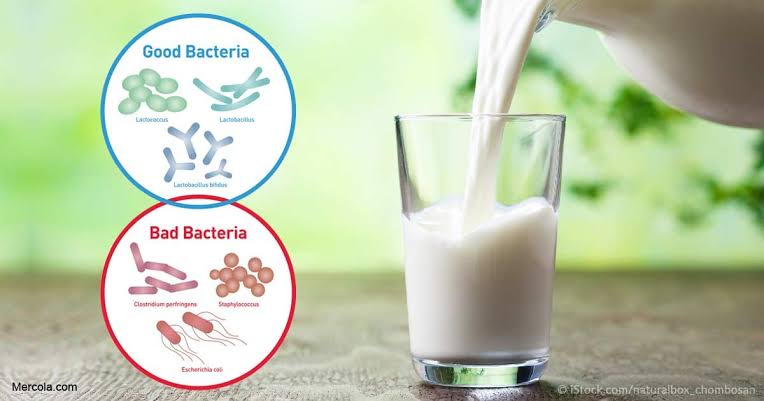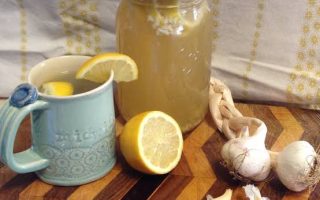The good bacteria are in the milk
Due to the difficulty of securing probiotic preparations in some countries, they can be doubled by growing them with sour milk, if they are available in the form of capsules or conditions of the type Lactobacillus, Bifidobacterium, Streptococcus thermophilus, or others. .. It can be grown and multiplied by opening the capsules and putting its content in the curd (unpasteurised, of course, to avoid preservatives that kill good bacteria) at the rate of 4 capsules per two liters of milk, stir well and leave for 24 hours in the refrigerator, and this amount of fortified milk With good bacteria, an adult can take one to two cups of it daily, or even give it to children at the age of two years in the amount of a quarter to half a cup and distribute it several times a day, and half a cup at the age of 5 years and so on.. and in this case A packet of probiotics is five times more than what is meant for it
Good bacteria can also be grown in milk by adding fiber to it through oats or barley. We leave it out of the fridge for several hours, and it will taste sour here due to the high levels of lactic acid in it, which forms an environment for good bacteria of the Lactobacillus type, especially Lactobacillus acidophilus and Lactobacillus Lactis.
It is better for the milk in which the good bacteria are grown outside the refrigerator to be low-fat in order to avoid possible rancidity of saturated fats in it, and to add fresh whey extracted from the filtering of milk into a labneh.
By adding cooked oats and barley, keeping some of the heat, we help develop the good bacteria that are already present in the curd. Each gram of curd usually contains about a million good bacteria, whose types vary from one sample to another, which will find an opportunity in moderate heat. To multiply so that it multiplies..and fermentes oat and barley fibers and converts them into polysaccharides, specifically #Arabinogalactan #Arabinogalactan, and this substance, in turn, multiplies by good bacteria thousands of times over..
This last method does not necessarily require the addition of probiotic capsules, but the groups of good bacteria in it are limited and according to the sample of milk in which it was prepared, which differs from one sample to another, as mentioned above. If we add probiotic capsules to it, we will definitely get additional groups.
And this recipe can be kept for more than 12 hours outside the refrigerator at room temperature in moderate weather, or up to 48 to 36 hours in cold weather on such days, and there is no fear that the fat in the milk will go rancid as long as we use reduced-fat milk, and that a bacterial infection will enter pathogen or fungus to the recipe because it has become a strong colony of good bacteria, and it is better that the container in which the recipe is made be covered and that it be glass or ceramic, not metal, for a healthy plumber. This recipe can be consumed in stages due to its high acidity, provided that you do not have a stomach problem, and several spoons of the recipe can be added to a new sample of milk to breed the same groups of good bacteria in it again.


